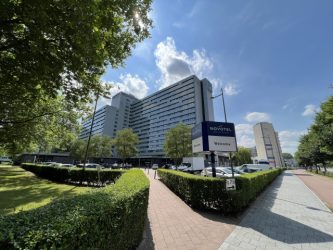The International Conference on Strongly Correlated Electron Systems 2022 (SCES) was held in Amsterdam, the Netherlands, from July 24 to 29, 2022. Kinjo(D3), the author of this diary, and Prof. Kenji Ishida gave oral presentations, and Hori (D1) and Ogata (M2) gave poster presentations.
SCES2022
SCES is the world’s largest international conference on strongly correlated electron systems, the research subject of the Quantum Materials Laboratory, and is held once a year. As mentioned above, this year’s conference was held in Amsterdam, the Netherlands. Many researchers from Quantum Materials Laboratory have participated in SCES in the past.
Due to the corona disaster that started at the end of 2019, most conferences have been held online.
I was excited to see that SCES was bold enough to hold only on-site, and it was the first in-person conference in a long time. It is very happy to attend a conference on-site! The great thing about international conferences is that you can attend them while sightseeing.
The participation fee is € 345 for students and € 595 for regulars, which is not cheap. (Of course, since it is a research activity, it is paid for out of research grants, but research grants are not infinite.) The venue was indeed a nice place, but I was surprised at the high cost of living over there. Also, there are not many restaurants around, so they provided us with a lunch bag for lunch every day, which cost € 21 per meal. That is about 3,000 JPY. This is normal for a regular lunch in Europe. It was a moment when I felt the decline of Japan. In the case of hotels, there was no such thing as a 6,000 JPY business hotel like in Japan, but only a 20,000 JPY per night hotel as recommended by SCES management. I stayed alone, but the juniors stayed in a double room and tried to keep their expenses within the amount provided by Kyoto University. The travel expenses from Kyoto University (despite the fact that we were using the research grant that the professor had worked so hard to obtain!), the price is completely out of line with the reality of the situation. To be more specific, for a student, it is 13,000 JPY for accommodation and 4,000 JPY for daily allowance. Who can live in Europe with this much money? The accommodation fee seems to include breakfast and dinner. Are students not even allowed to eat meals? I know I sound like a complainer, but I think this is one of the reason why the number of aspiring researchers in Japan is decreasing.
Enough complaining, back to SCES, as is often the structure at international conferences, there is a welcome reception the day before, and the next day, the beginning of the morning, all the participants gather in one place. Basically, the program is about 8:30-17:30, and you have a lot of time in the afternoon. Especially in the Netherlands, due to the high latitude, it is still light at 21:00. Although it was midsummer in Japan, it was cool in the Netherlands, with a maximum temperature of about 20 degrees Celsius, and I made up my mind that the Netherlands would be the place to do research overseas….
One of the advantages of attending an international conference is that you get to meet some very famous people. Seeing the face of Harold Hwang, the discoverer of the current superconductivity in Ni oxides, was a memorable experience. As for the research presentations, the whole day of sessions on UTe2, the main target of this laboratory, showed the level of attention. I personally benefited from the opportunity to interact with researchers in Los Alamos.
Photo album
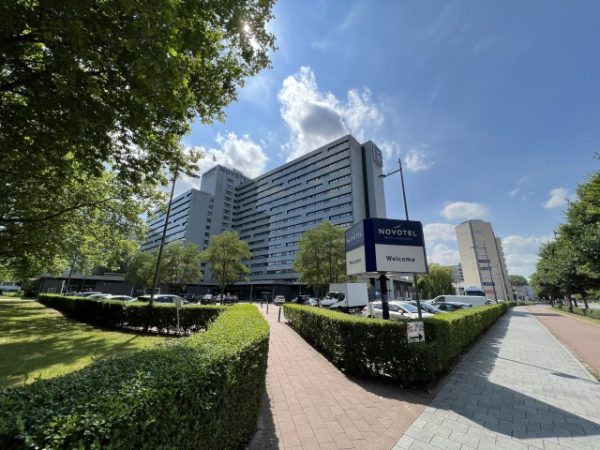

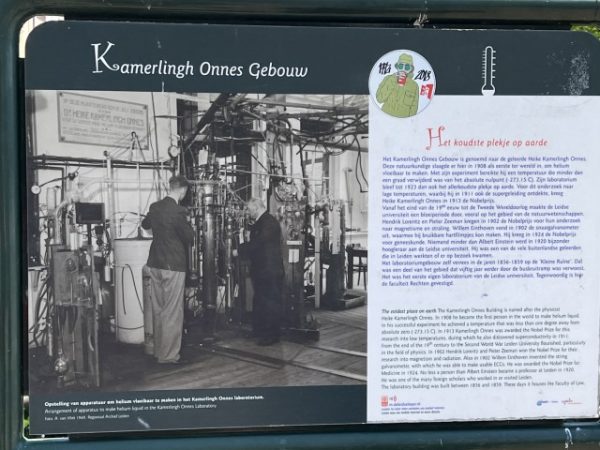
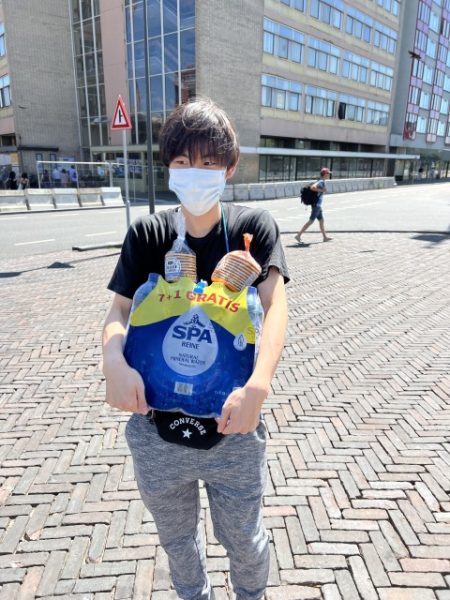
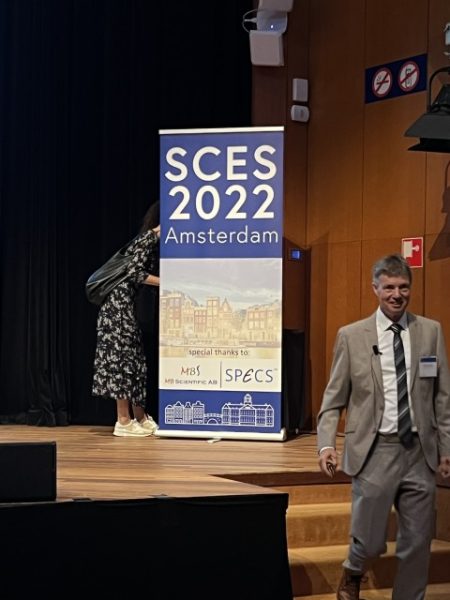
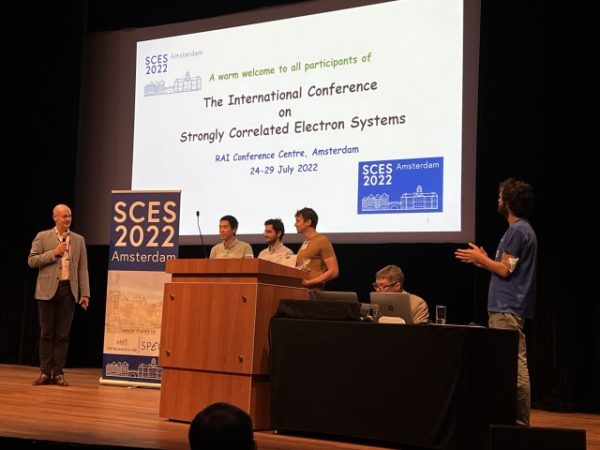
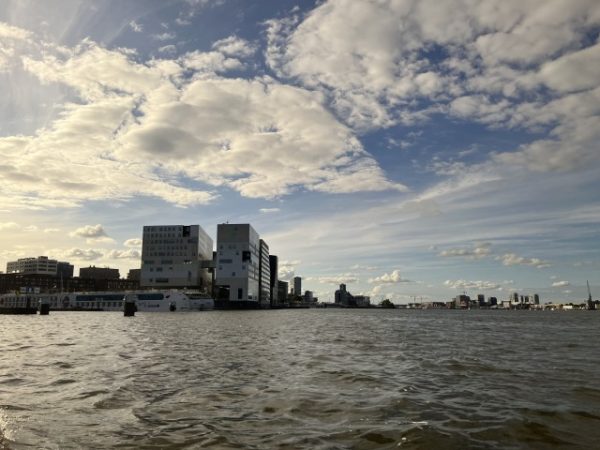

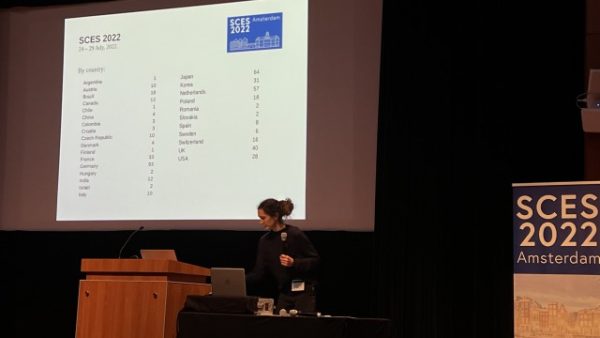
Japanese were starved for overseas travel. PCR test was mandatory when leaving.
![]()
